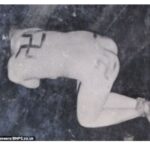
Graphic photographs taken during the liberation of Denmark after five years of Nazi rule show how gangs of men rounded up and abused conspirators and women accused of sleeping with Germans.
The black and white images, taken after British paratroopers swept into the Scandinavian country in 1945, illustrate the anger and hatred the Danes felt towards the German occupiers.
In one shocking series of images, a woman who is believed to have slept with a German is chased down and stripped before having swastikas painted over her.
In other images, which are only now coming to light as they go up for auction, men are taken away at gunpoint while another image shows a baying mob rip and burn a Nazi swastika flag.
Written beside some of the pictures of men being taken away is the Danish word ‘stikker’ which translates to ‘mole’.
The album also includes shots of a car riddled with bullet holes and a blood-soaked passenger seat
Another photo meanwhile depicts a celebratory scene of a truck carrying dozens of British paratroopers being cheered through the streets of Copenhagen.
The album, which gives a stark insight into anger felt in the aftermath of the war, is now coming up for sale at C&T Auctioneers of Rochester, Kent.
Unlike other countries under German occupation, the Danish government remained in power and the country continued to function relatively normally after leaders opted to cooperate with the Nazi regime.
But, increasingly provoked by German soldiers’ brutality, resistance groups started to build momentum prompting mass strikes and demonstrations across the country.
When the Danish government refused to prohibit public meetings and impose curfews on its people in response to the action, German authorities dissolved the government and took military control of the country in 1943.
Later that year, Danish citizens discovered German troops were planning to round up Danish Jews and take them to concentration camps. Many more Danes joined the resistance which then stepped up its acts of sabotage and hostile attacks against the Nazis.
They managed to help the majority of Jews flee the country to neutral Sweden with only 600 out of 6,000 Danish Jews being sent to concentration camps.
It was only then that the clandestine ‘Danish Freedom Council’ was created and gradually unified the various resistance groups.
Danish citizens who collaborated with the Nazis were despised by their fellow countrymen who suffered brutal conditions under a tougher stance by the German occupiers for the last two years of the war.
The resistance started to publish an underground newspaper called ‘Land and People’ and in June 1944 the whole of Copenhagen went on strike.
This resulted in a huge backlash from German troops who cut off water supplies and electricity. Within a month, 23 Danes had been killed.
But the Danish resistance refused to give in and continued to organised strikes and acts of sabotage.
When Berlin finally succumbed to advancing Allied forces in May 1945, Germany abandoned Denmark altogether.
Some 900 Danish civilians and 850 resistance fighters were killed during the war and a further 4,000 Danish volunteers died fighting in the German army on the Eastern Front.
Within days of troops leaving, ‘traitors’ were rounded up and 40,000 people were arrested on suspicion of collaboration. Of these, 13,500 were punished.
The album also includes this celebratory scene of a truck carrying dozens of British paratroopers being cheered through the streets of Copenhagen
Another image of the car shows the blood-soaked passenger seat
In this image a car can be seen riddled with bullet holes
Such was the hatred of those who sided with the Nazis that capital punishment, which had been abolished in Denmark in 1930, was reinstated between 1945 and 1950 in order to execute 46 Nazi collaborators.
The album, that contains 112 photographs, shows how come angry citizens decided to take the law into their own hands if they weren’t satisfied with the official punishment given.
Collaborators were attacked in the street, and ostracized from society.
The album has a pre-sale estimate of £850 and is due to be auctioned on April 30.
Matthew Tredwen, of C&T Auctioneers, said: ‘This is a scarce and historically interesting photograph album showing the liberation of Denmark.
‘It has some very graphic photographs of how the Danes dealt with conspirators in 1945.
‘They are snapshot size photographs of scenes in the streets of Denmark with a British army general and the return on the Danish King Christian.
‘Eight photographs show a woman being attacked by a group of Danish men, who strip her and paint her with swastikas, obviously she was accused of being a conspirator.
‘There are photos of Nazi flags being destroyed in the streets and men being led away under guard from Danish resistance fighters.
‘The album has come from a private collector after it turned up for sale at an exhibition in Germany many years ago.’
HOW THE DANISH RESISTANCE AGAINST THE NAZIS BUILT MOMENTUM
Denmark was invaded by German troops on April 9, 1940, but the Danish government was allowed to remain in power after promising to cooperate with the Nazis.
This meant that Denmark functioned relatively normally for the first two years of World War II – giving citizens little incentive to resist their occupiers in comparison to other countries in Europe.
Denmark reintroduced Capital Punishment in order to deal with Danish citizens who collaborated with the Nazis. Surrendering German soldiers pictured loading their arms on to lorry at Copenghagen barracks in 1945.

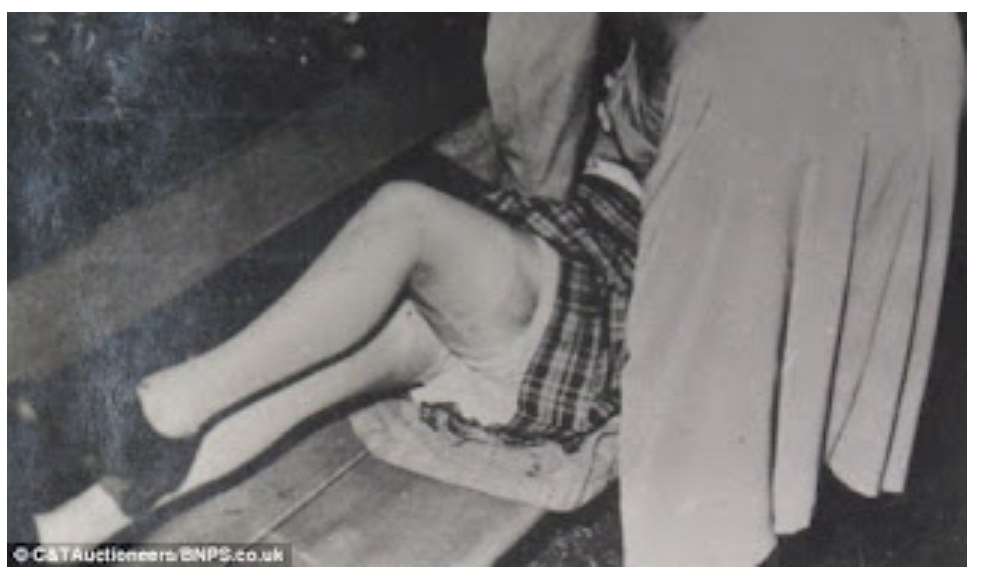
But, increasingly provoked by German soldiers’ brutality, a resistance started to build momentum prompting mass strikes and demonstrations across the country.
When the Danish government refused to prohibit public meetings and impose curfews on its people in response to the action, German authorities dissolved the government and took military control of the country in 1943.
Suddenly, Danish citizens found themselves at the hands of a much more brutal regime, and the resistance increased.
Later that year, resistance members learned that the Nazis intended to round up Danish Jews and send them to concentration camps.
Resistance members managed to smuggle thousands of Jews to safety in Sweden, resulting in just 600 of 6000 danish Jews being sent to the camps.
It was only then that the clandestine ‘Danish Freedom Council’ was created and gradually unified the various resistance groups.
Danish citizens who collaborated with the Nazis were despised by their fellow countrymen who were suffering brutal conditions under a tougher stance by the German occupiers for the last two years of the war.
When Berlin finally succumbed to advancing Allied forces in May 1945, Germany abandoned Denmark altogether.
Within days of troops leaving, corroborators were rounded up and 40,000 people were arrested on suspicion of collaboration. Of these, 13,500 were punished.
Just three weeks after the end of the war capital punishment, which had been abolished in Denmark in 1930, was reinstated between 1945 and 1950 in order to execute 46 Nazi collaborators.


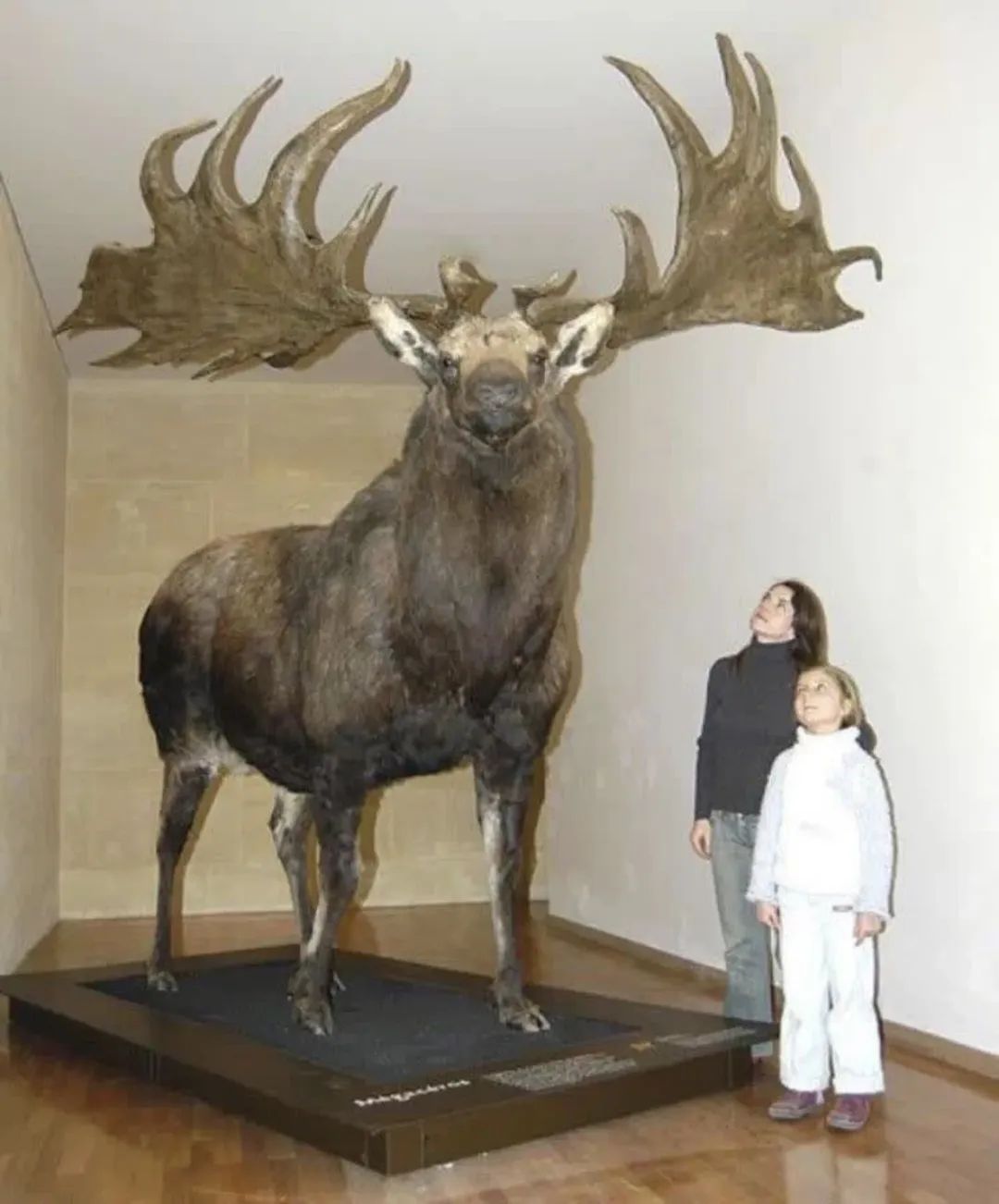
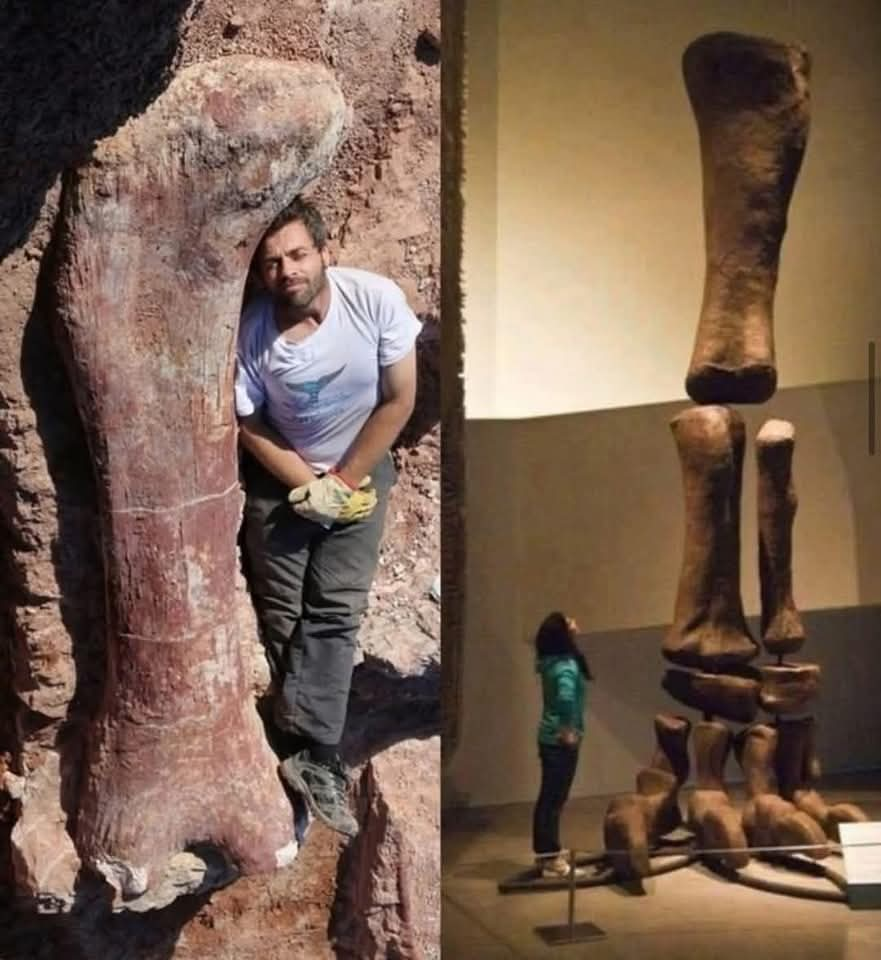
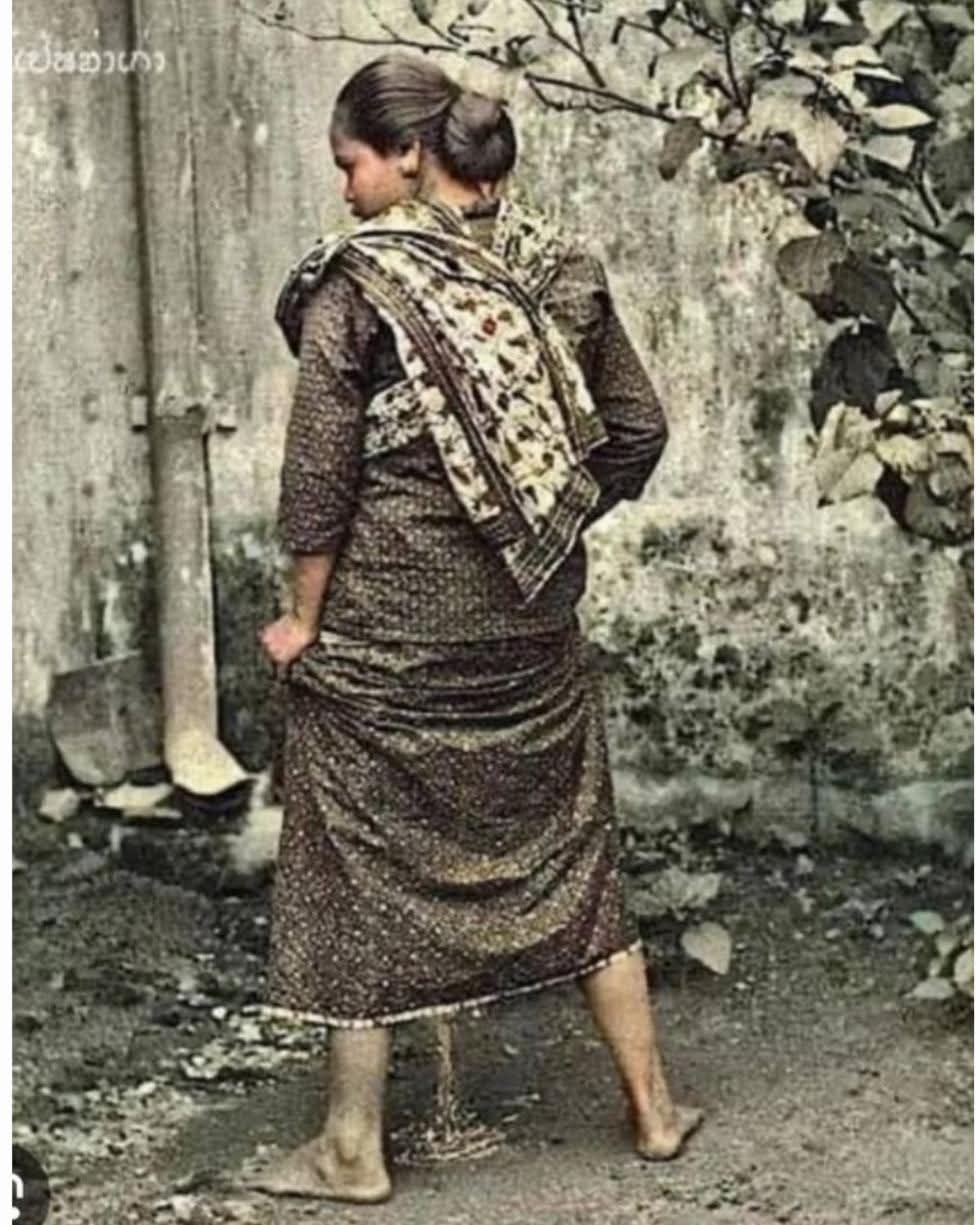


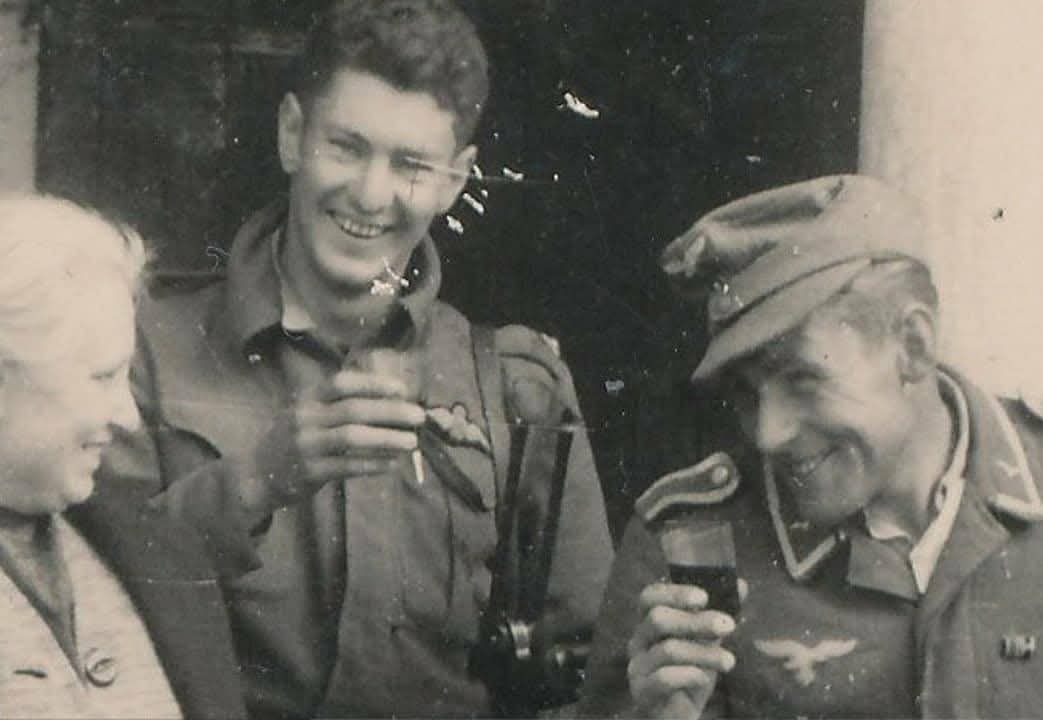
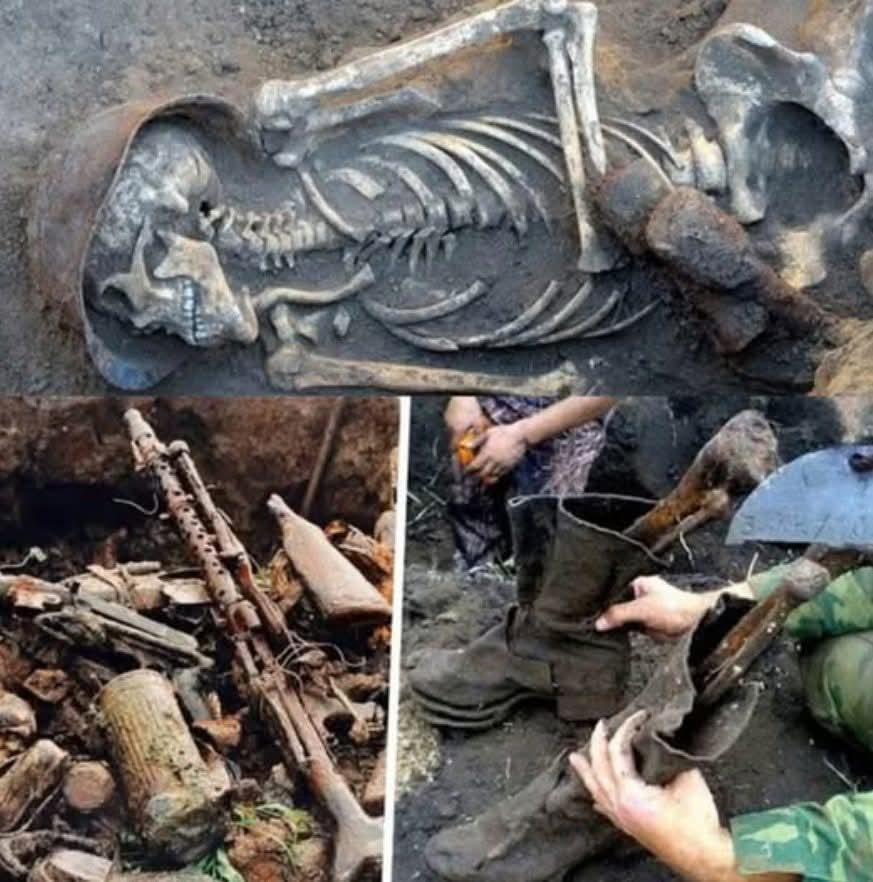

Leave a Reply